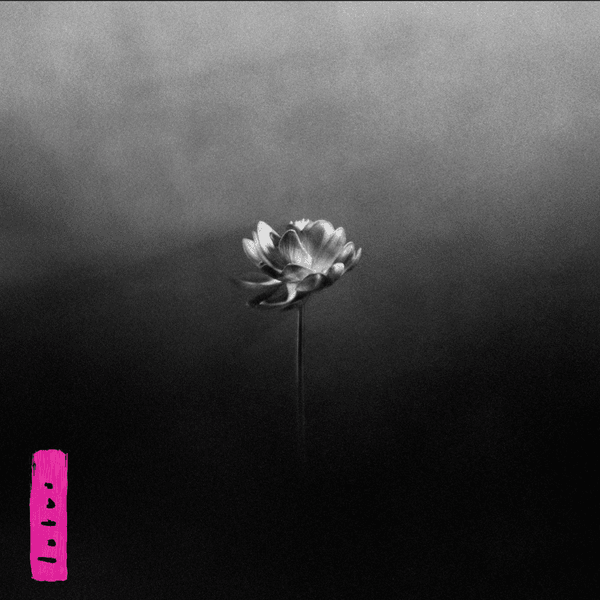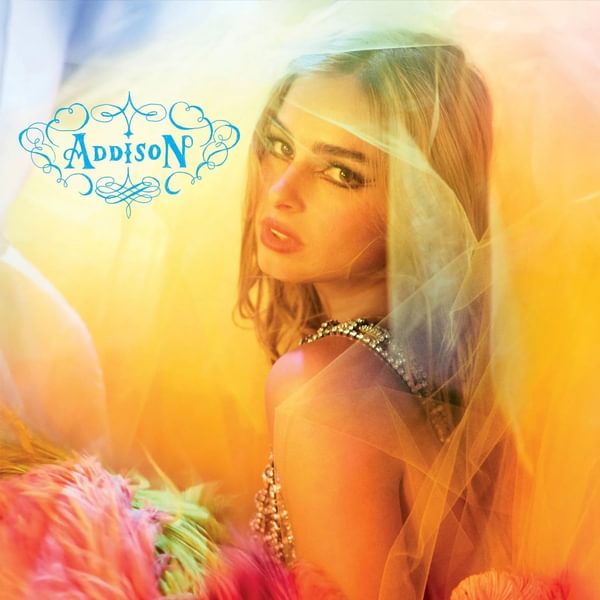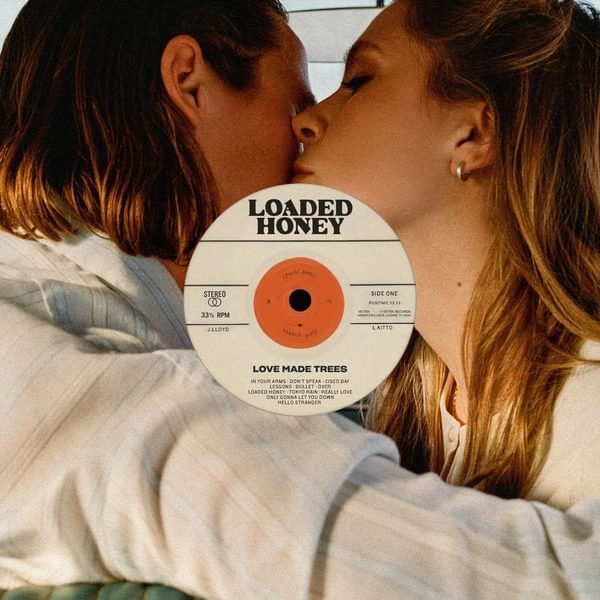
Lifeguard’s analogue world
Concocting one of the most fiercely anticipated debut albums of the year is easy when you trust in zines, cassettes, and each other, Eleanor Forrest learns from Lifeguard.
The three members of Lifeguard – Asher Case, Kai Slater, and Isaac Lowenstein – don’t remember one singular moment when they decided to create music together. Rather, it was the natural evolution of three friends who found each other out through their love of rock bands that no one else at school listened to.
Now with their debut album Ripped and Torn, out today via Matador, this evolution from learning to play their favourite songs together in the basement to fully formed musicians understanding the finer details of music production is well and truly underway. Hailing from Chicago, Lifeguard began when Case and Lowenstein realised they both listened to AC/DC. Later on, Slater would join the duo after they met at an open mic night and decided to team up.
“When I first met Asher, it was kind of magical,” Lowenstein tells me from his home in Chicago, a patchwork collection of monochromatic images and art arching over and around him on the wall – “that there was someone else into that music, that was my age. We would spend hours playing in the basement.”
Building on this creative foundation, the collaboration between the three blossomed further when Slater created HALLOGALLO, a mixed-media zine that showcases Chicago’s DIY youth scene. Featuring interviews conducted by Case and Lowenstein, HALLOGALLO is about “connection and music and art and love” – something that has been tangible since they xeroxed the first issue back in February 2021. Since then, the zine has gone on to help launch other bands such as Friko, Post Office Winter, and fellow Matador signees Horsegirl, whose Penelope Lowenstein is sister to Lifeguard’s Isaac. Collectively known as the ‘hallogallo kids’, these bands demonstrate the enduring power of physical media as a form of connection and expression.
It’s this sincere commitment to creativity that has made Lifeguard one to not only watch, but one to bet it all on. There’s a sense that Case, Slater, and Lowenstein’s MO is to create authentically, a pursuit that has led them to join the ranks of such legends as Kim Gordon in signing to Matador, becoming the youngest band to do so.
Ripped and Torn is a testament to the band’s metamorphosis, and it’s for this reason that a duality runs throughout it. Whether it’s the half-sung, half-chanted nature of their lyrics, the mixed tempos of softer melodies paired with hasher guitar riffs, or the manner in which the three utilise mixed media and analogue and modern recording technology, this duality conveys a sense of movement. There is more to be said, more to do, and more to explore.
“Everything that comes from us is very organically made and very group-sourced from the three of us at once,” Case explains. “Trying to use more instruments and more techniques to communicate those song forms and the poppiness and the melodic nature – that was very much an exploring process and a student process when we were making [Ripped and Torn]. We have so much more forethought with our writing now, a change that I’m really happy with. I feel a lot closer to these songs because of that.”

“We definitely knew that we were trying to go more melodic,” Lowenstein continues. “We knew that we wanted to involve multiple recording formats, mixed in altogether – to integrate cassette recordings and Walkman recordings. I think we knew that this was supposed to be the most heart-on-your-sleeve songwriting we’ve ever had… but also kind of trying to harness maybe what we’ve had in the live shows.”
Like their work with HALLOGALLO, Ripped and Torn showcases Lifeguard’s natural inclination for experimentation. By using older recording techniques and technologies and attempting to capture the atmosphere of a live show, the band have created a more genuine, less polished, more intimate sound. The 12-track story of Ripped and Torn pulls influence from first-wave garage bands and the post-punk world but also marks a shift towards a modern sound that makes the album feel both nostalgic and contemporary. Throughout the album each track moves the band’s story forward, and the tracks cohesively knit together, telling a tale of emotional vulnerability, frustration, and growth.
“The production is such a shift from what we had done before,” Lowenstein tells me. “For the longest time, as we’ve been recording ourselves, we’ve tried to directly capture the live show.”
“The attention to [the] studio as something different than the show is like – I don’t really know why we weren’t doing that before,” Case adds. “We understand that we like being in mono, and we like being direct and punchy, but we can work things into it, whether it’s the vocal harmony that kind of persists.”
Through the creative process, the band learnt new methods of storytelling, working on the lyrics collectively and writing them so that they told one coherent story, differing from the collection of tracks they created for previous EPs. This method of writing all the tracks together means that each song intertwines neatly with the other – they “inform each other” – though by no means hampers the listening experience when playlisting individual tracks. By cultivating the tracklist in this way, this sense of evolution is furthered, as many of the sounds that we identify with Lifeguard’s art sit at the beginning of the album and it gradually gives way to newer elements.
Among the album’s stand-out tracks, “Under Your Reach” harks back to the band’s more typically bold, rough-hewn sound established on cuts such as “17-18 Lovesong” from their EP Dressed in Trenches and “I know I know” from their 2022 release, Crowd Can Talk. It’s for this reason that the track has quickly become a linchpin of the band’s live shows. However, with the eponymous single “Ripped + Torn”, there is a noticeable shift – a quiet that emanates from the music, creating a reflective space sonically while also keeping the tempo moving forward. You can feel this in the steady beats of the drum: they maintain a regimented feel, marching the trio towards a new home just over the horizon. It’s a promise of more to come, which speaks to the new chapter that the band are embarking on with this record.
“That’s another departure, or another surprise… it’s far away from what we’ve done,” Case says. “There’s this very hooky part that is so fun to play. All of the instruments stand on their own really well in that song. It’s an important, I guess, emotional part of the record in terms of the musical story, but it’s also just interesting and different and the only part of the record that sounds like that.”
The creation of Ripped and Torn was an unforgettable experience for the trio and its creation has only heightened Lifeguard’s excitement to perform this new material live. Reconnecting them to their fans, performing live is what fuels Case, Slater, and Lowenstein, and it links back to how they’ve become prominent members of the Chicago DIY scene – their love of community. (UK fans can catch them performing in London, Brighton, Manchester, and Bristol early this month.)
Though not ripping up the rulebook entirely, Ripped and Torn stands as a creative milestone in more ways than one. Whether it’s the new approaches they took with writing or the sonic experimentation that lends a more mellow and reflective side to their sound, the album simultaneously captures Lifeguard’s essence while also bringing something new to their already formidable catalogue of interdisciplinary art.
Get the Best Fit take on the week in music direct to your inbox every Friday

Little Simz
Lotus

Turnstile
Never Enough

Addison Rae
Addison





